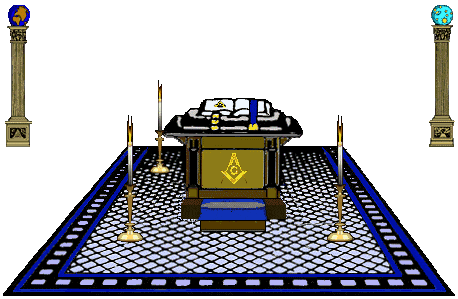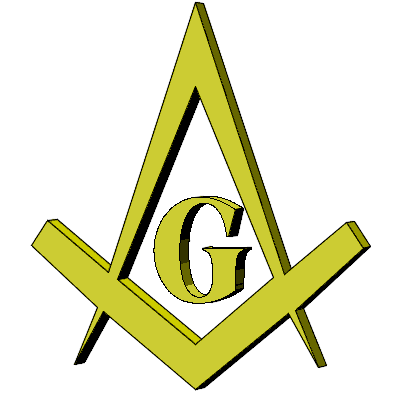masonic lesson #2
THE BACKGROUND TO TODAY'S LODGE
The Charges of a Freemason contained in the Book of Constitutions define a Lodge as being a place where Freemasons assemble to work, and to instruct themselves in the mysteries of the ancient science. Bro Dr James Anderson wrote these words in 1723 and continued his description by telling us that, “The persons made Masons or admitted members of a Lodge must be good and true men, free-born, and of mature and discreet age and sound judgement, no bondmen, no women, no immoral or scandalous men, but of good report.”
There are about six million Masons in the world today, and their membership is spread over more than 30,000 Lodges. These all come under control of over 100 Grand Lodges. There is no single authority controlling these Grand Lodges, but there is a system of mutual fraternal recognition among them and their members throughout the world. With proper introduction and identification a Mason today can thus visit his Brethren in Lodges in many countries.
Turning back the pages of history, we find that the word “Lodge” appears in documents of the 13th Century to describe the workshop or hut, common to all sizeable building works, in which the operative Masons worked, stored their tools, ate their meals, and talked.
In those places where building works were continuously in progress, the Lodge acquired a more permanent character. At York Minster in 1370, an elaborate code of ordinance was drawn up by the Chapter regulating times of labour and refreshment in the “Lodge”, and new men were sworn to obey the regulations, and not to depart from the work without leave. Probably it was this continuity of employment in one place which gave rise to an extended meaning of the “Lodge,” so that it began to imply a group of Masons permanently attached to a particular undertaking. Thus from Canterbury in 1429 we have reference in the Prior’s accounts to the “Masons of the Lodge”, with lists of their names.
Generally, it would appear that these and similar groups of “attached” Masons, which are known to have existed in the Middle Ages, were wholly under the control of the authorities whom they served. There is no evidence that they exercised any trade controls, they were governed, not governing bodies.
The word “Lodge” appears in a third, and much more advanced sense in Scotland in the 16th Century, where it described the working Masons of a particular town or district, organised to regulate the affairs of their trade, and having jurisdiction usually within the town or city limits, but occasionally over a wider area. In their earliest forms these Lodges were intended primarily for purposes of trade control, and for the protection of the masters and craftsmen who came under their jurisdiction, and in these functions, the aims of the operative Lodges were broadly similar to those of the trade companies, such as the London Masons’ Company. There was one peculiarity, however, which distinguished these Lodges from the craft guilds or companies; the members of these Lodges share a secret mode of recognition, which was communicated to them in the course of some sort of brief admission ceremony under an oath of secrecy. In Scotland this system of recognition was generally known as “The Mason Word”, but it is believed that it consisted of something more than a mere verbal means of identification.
The “Mason Word” probably came into use in the mid-16th Century and there are a number of references to it in documents from 1637 on, more than sufficient to show that its existence was already fairly widely known in Scotland, where several operative Lodges can be traced back to the 16th Century, although there is no evidence of any similar organisation amongst operative Masons in England until the early 18th Century. The Grand Lodge of England (the premier Grand Lodge of the world) came into existence in 1717 and Bro Dr James Anderson, who was mentioned at the beginning of this talk, and who had had experience of both Scottish and English Masonic practice, drew up the first Book of Constitutions containing the Charges of a Freemason soon after. These are little changed today.
From these Charges we also learn the special requirements of behaviour “in the Lodge while constituted”, particularly while the Lodge is engaged in “What is Solemn and Serious”. There are also special guidelines as to our behaviour in the South, according to which we are directed to enjoy ourselves with innocent mirth.
By adopting these guide lines the work in the Lodge Room and the relaxation in the South can be complementary to one another – the formula for a successful Lodge – and both still illustrating the derivation of the word Lodge from the Temple and the Brethren.
February, 2000
Ref: g:\genoffic\grand library\lodge talk no 2.doc



